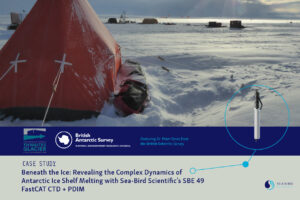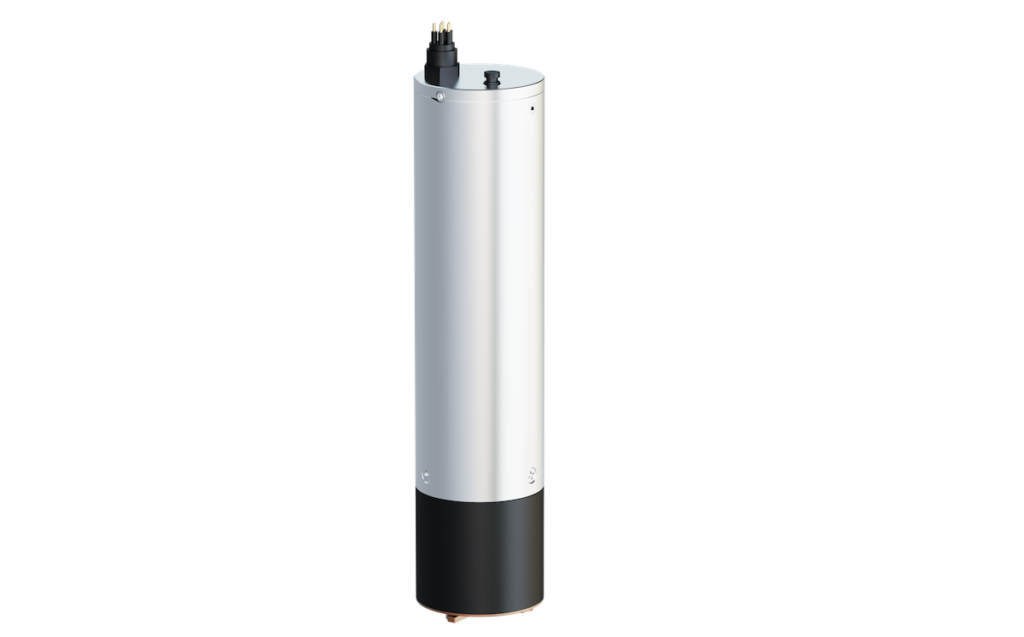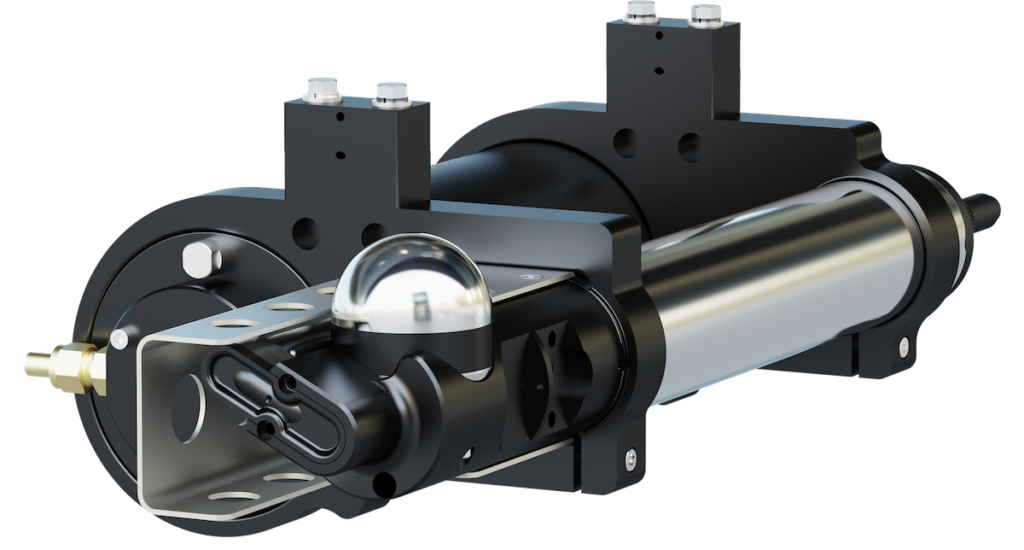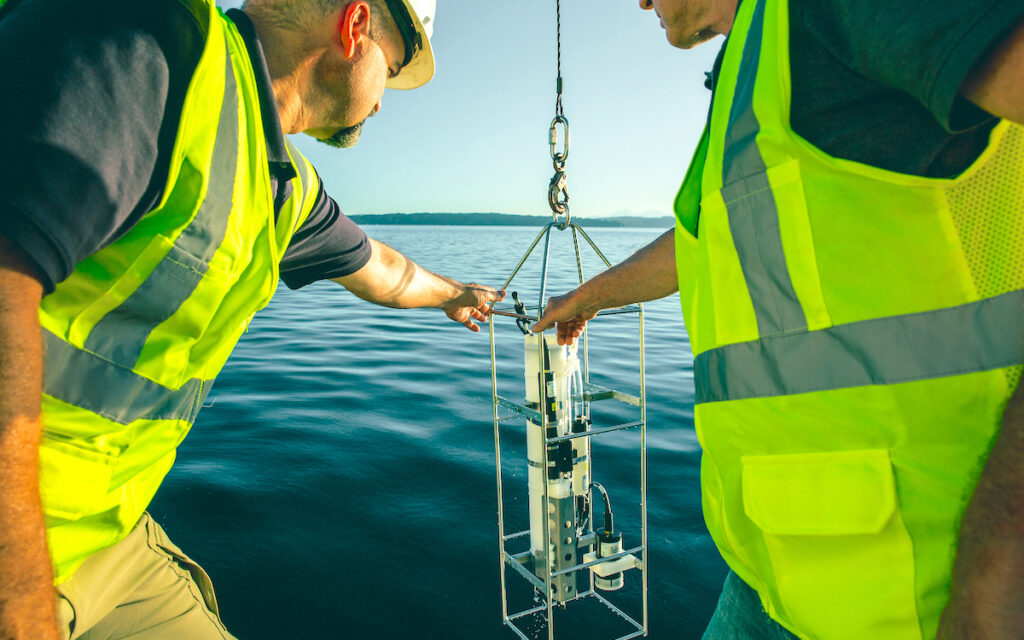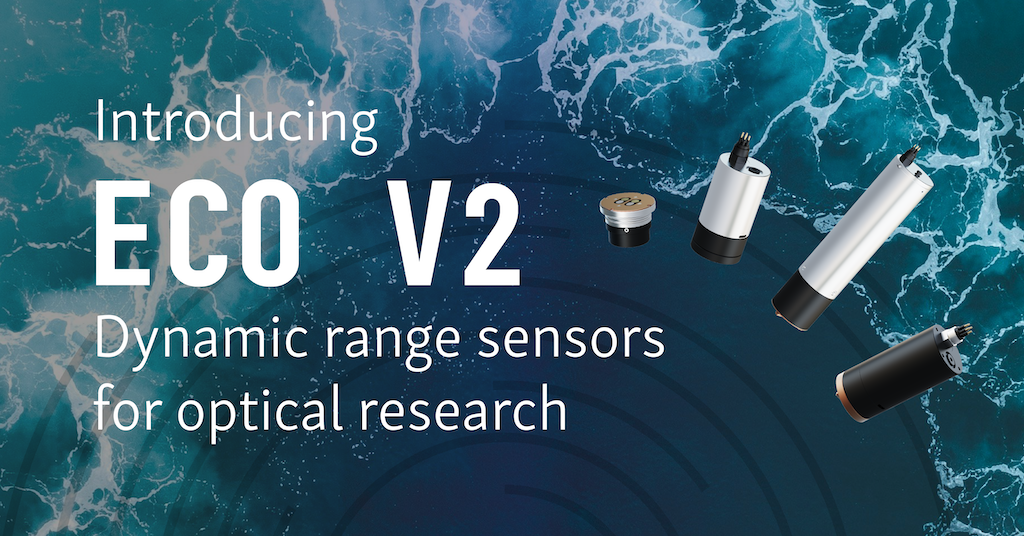To improve scientific understanding of Antarctic ice loss and associated sea-level change, the British Antarctic Survey (BAS) utilized Sea-Bird Scientific instrumentation beneath the Thwaites Glacier Eastern Ice Shelf.
The team deployed Sea-Bird Scientific’s SBE 49 FastCAT CTD and Power Data Interface Module (PDIM) to conduct high-resolution ocean measurements that reveal how heat transfer influences sub-ice melting.
The work formed part of the MELT project, one of eight studies within the International Thwaites Glacier Collaboration (ITGC), a United Kingdom–United States, led initiative with contributions from Sweden, South Korea, and Germany. Conducted from June 2018 to June 2023, the project delivered new insights into how ocean processes affect ice shelf stability and influence future sea level rise.
Understanding Thwaites Glacier’s Role in Global Sea Level Rise
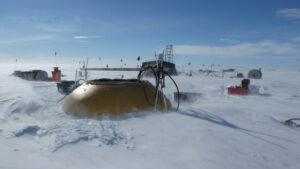
The MELT team melted large amounts of snow to create the hot water to drill through Thwaites Glacier to reach the ‘grounding line’. Image credit: Peter Davis
The Antarctic ice sheet holds about 61% of Earth’s freshwater and spans 98% of the continent. Its floating ice shelves act as natural supports that slow the flow of grounded ice into the ocean. As ocean temperatures rise, these shelves thin from below, weakening stability and allowing more land-based ice to reach the sea. Thwaites Glacier, one of the most unstable regions of the West Antarctic ice sheet, could make a major contribution to sea level rise this century.
According to Peter Davis, Ph.D., Physical Oceanographer at BAS and co-principal investigator of the MELT project, the ice shelves of Thwaites Glacier “act like giant corks or dams in the way they hold back the ice on the land from getting into the sea.”
Investigating Sub-Ice Processes
Dr. Davis and his team used hot water drilling to create boreholes through 500–800 meters of ice, enabling deployment of oceanographic instruments beneath the shelf. The profiling system, comprising the Sea-Bird Scientific SBE 49 FastCAT CTD integrated with a PDIM in a custom frame, was the first instrument lowered through each borehole.
This setup enabled high-resolution measurements of conductivity, temperature, and pressure, key parameters for assessing heat flux and melt dynamics at the ice base.
Discussing performance in such conditions, Dr. Davis noted, “We’ve always found the instruments to be very stable. It’s a particularly harsh environment to be put through, but [the SBE 49 FastCAT CTD and PDIM system] performs very well.”
Additional instruments included an Acoustic Doppler Current Profiler (ADCP), a dissolved oxygen sensor, and a multi-beam echosounder to measure water movement, oxygen levels, and under-ice topography.
Discoveries Beneath the Thwaites Ice Shelf
Measurements from the SBE 49 FastCAT CTD showed that ocean water at the grounding zone, where the ice begins to float, is about 1.5°C above freezing, confirming ocean heat as the main driver of basal melting. Profiling also revealed an unexpected freshwater layer at the ice base, forming a density barrier that limits upward heat transfer. As a result, melt rates were only 3–5 meters per year, well below the predicted 10–20 meters.
Despite this, Dr. Davis noted that the glacier’s retreat remains significant, stating, “The point is, the ice shelf is still retreating quickly. The grounding line is still retreating.”
The ice base proved far more topographically varied than expected, with crevasses, terraces, and step-like features influencing local melt rates. Horizontal surfaces showed limited melting, while vertical faces melted faster, evidence of the intricate link between ice morphology and ocean circulation.
Implications for Predictive Modeling
Findings from the MELT project underscore the need to refine global models of ice–ocean interaction. As Dr. Davis explained, “You really have to worry about how melting is varying on a kilometer scale to get the average melt rate right… we need to spend a lot more time improving the models to get these detailed complex physics factored in, in order to be absolutely certain about projections of future sea level rise.”
While current projections are generally reliable, the results highlight the need to reduce uncertainty in forecasts to better inform adaptation and mitigation planning. Continuous observation is essential, as Dr. Davis noted, “Ice melt beneath Antarctica is complex – and we need to understand those details so that we can get the melting correct around the whole of the continent.”
Advancing Polar Oceanography
By delivering precise, stable measurements in extreme polar conditions, Sea-Bird Scientific’s SBE 49 FastCAT CTD and PDIM system proved vital to the MELT project’s success. The resulting data advanced understanding of Thwaites Glacier’s melting processes and contributed to the broader effort to predict how Antarctica’s ice sheets will respond to a warming climate.
Find out more on Sea-Bird Scientific’s website.





